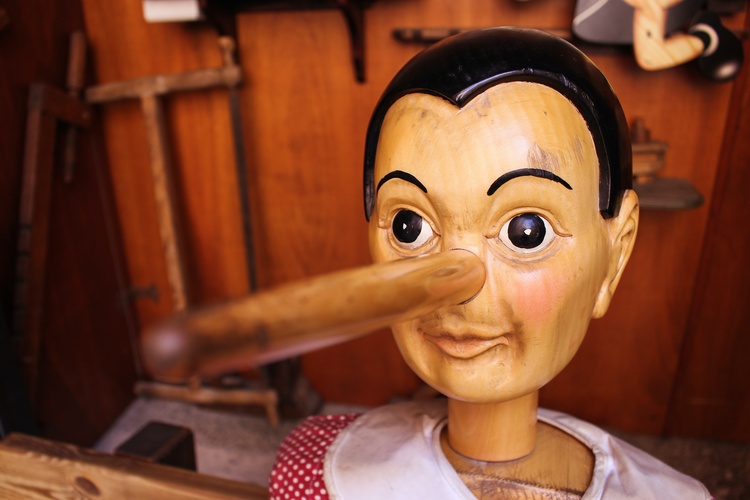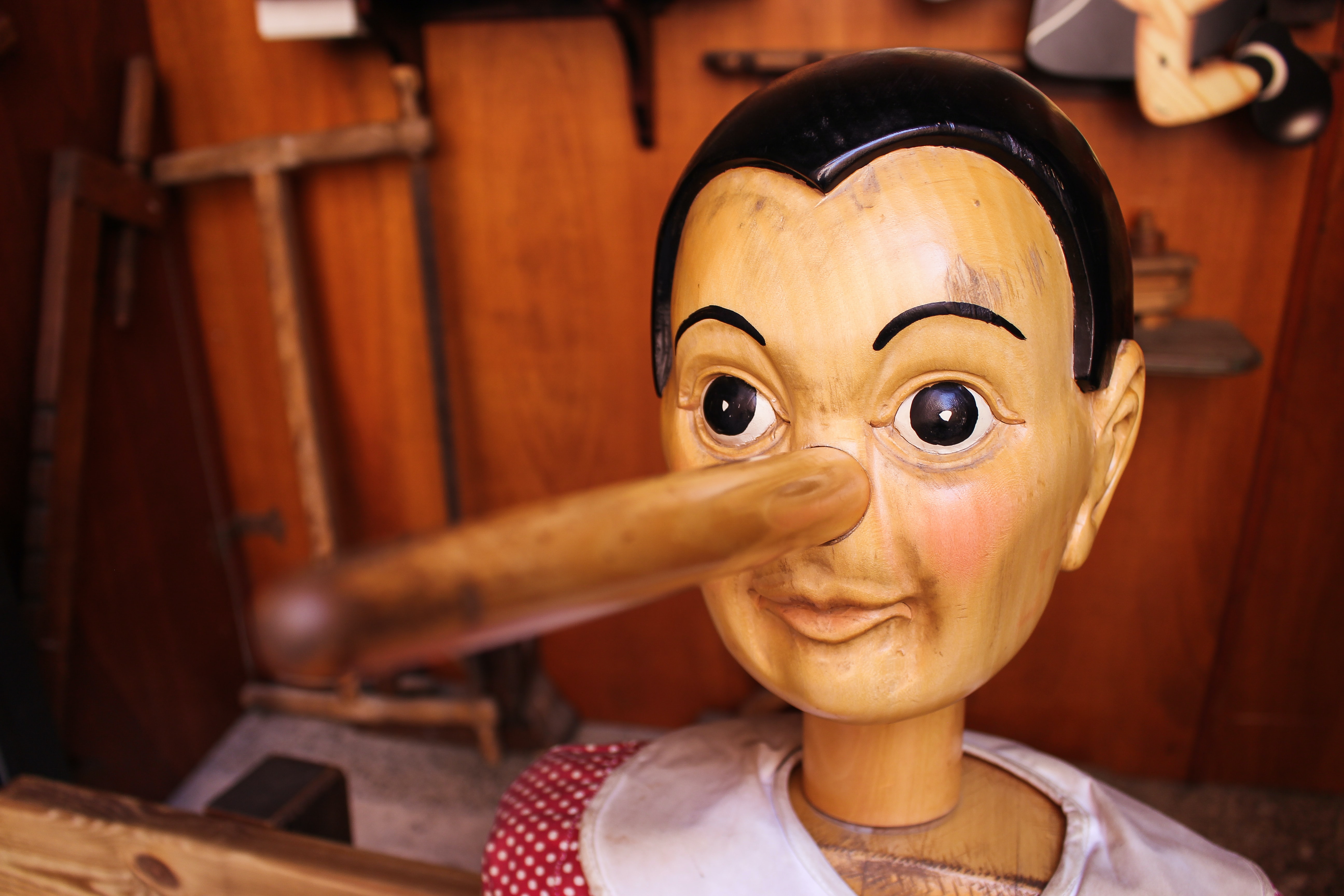Though more than 100 years old, the tale of Pinocchio is just as popular today as it was back then, and continues to be adored by generations of readers.
The character’s adventures have since inspired books, movies, cartoons and musicals.
A true celebrity in his own merit, Pinocchio is celebrated on his birthday, May 25, to this day.
Join in the festivities with these five interesting facts about the world’s favourite puppet.
The original is the most translated non-religious book in the world
The pen of Florentine writer Carlo Lorenzini (commonly known as Carlo Collodi) created the tale of this wooden puppet, published as a serialised magazine story in 1881, The Adventures of Pinocchio.
In February 1883, the story was published in a single book.
While the book tells the story of a father’s love, it also sends strong messages to its young readers.
The text is filled with strange and frightening flights of fancy, including treacherous talking animals, a terrifying amusement park and a host of characters ready to exploit or eat the title character.
All of these encounters are intended to drum moral lessons into the story’s target audience, including that disobedience does not pay, telling lies is seldom prudent and boys who love and take care of their parents will be rewarded.
Despite its arguably sinister nature, the book is considered a canonical piece of children’s literature and has had a significant impact on world culture.
According to extensive research done by the Fondazione Nazionale Carlo Collodi in the late 1990s and based on UNESCO sources, the book has been adapted in over 260 languages worldwide, while as of 2018 it has been translated into over 300 languages.
That makes it the most translated non-religious book in the world and one of the best-selling books ever published.
Pinocchio originally died a gruesome death
In the original, serialised version of the story, Pinocchio dies a gruesome death: hanged for his innumerable faults, at the end of Chapter 15.
At the request of his editor, Collodi added chapters 16–36, in which the Fairy with Turquoise Hair rescues Pinocchio and eventually transforms him into a real boy, when he acquires a deeper understanding of himself, making the story more suitable for children.
Many concepts in the book have become international proverbs
Since the puppet’s rise to fame, many cultures around the world have come to associate lying with a growing nose.
A less-known curiosity is that the saying “burst into laughter” (also known as ridere a crepapelle in Italian, literally meaning “laugh to crack skin”) was also created after the release of the book, in reference to the episode of the death of the giant snake.
The Disney adaptation made Oscar history
The most famous adaptation of the story is the 1940 Disney film, Pinocchio.
The film holds the honour of being the first Disney film to win an Oscar for both musical categories: Best Score and Best Song, for the number When You Wish Upon a Star.
The dual win wouldn’t be received by the studio again until Mary Poppins in 1965.
Meanwhile, the song When You Wish Upon a Star has been used at the start of most Disney movies since 1985.
The Tuscan town of Collodi has a park dedicated to Pinocchio
Carlo Lorenzini, borrowed his pseudonym (Carlo Collodi) from the name of his mother’s native village, Collodi, in Tuscany.
Collodi is home to Pinocchio Park, dedicated to the famous long-nosed marionette.
The park opened its doors in 1956, featuring a wide range of artistic expressions of the classic story.
As the park evolved, artists added a number of mediums, working with mosaics, statuary and even fountains.
Walking around the park, visitors will come across sculptures of all of the story’s main characters, including Pinocchio, the Fairy with Turquoise Hair, and the Cat and the Fox.
The most popular work in the park is the fountain of the Terrible Dogfish, a creature envisioned by Collodi and portrayed as a whale in the Disney film.
Visitors can actually stand inside the monster to simulate the capture of Pinocchio by the great sea beast.
The park also features a carousel and vintage carnival rides.
There is also a restaurant, face painting, puppet-making workshops, as well as shows and minstrels.
It’s an imaginative place for kids of all ages.












